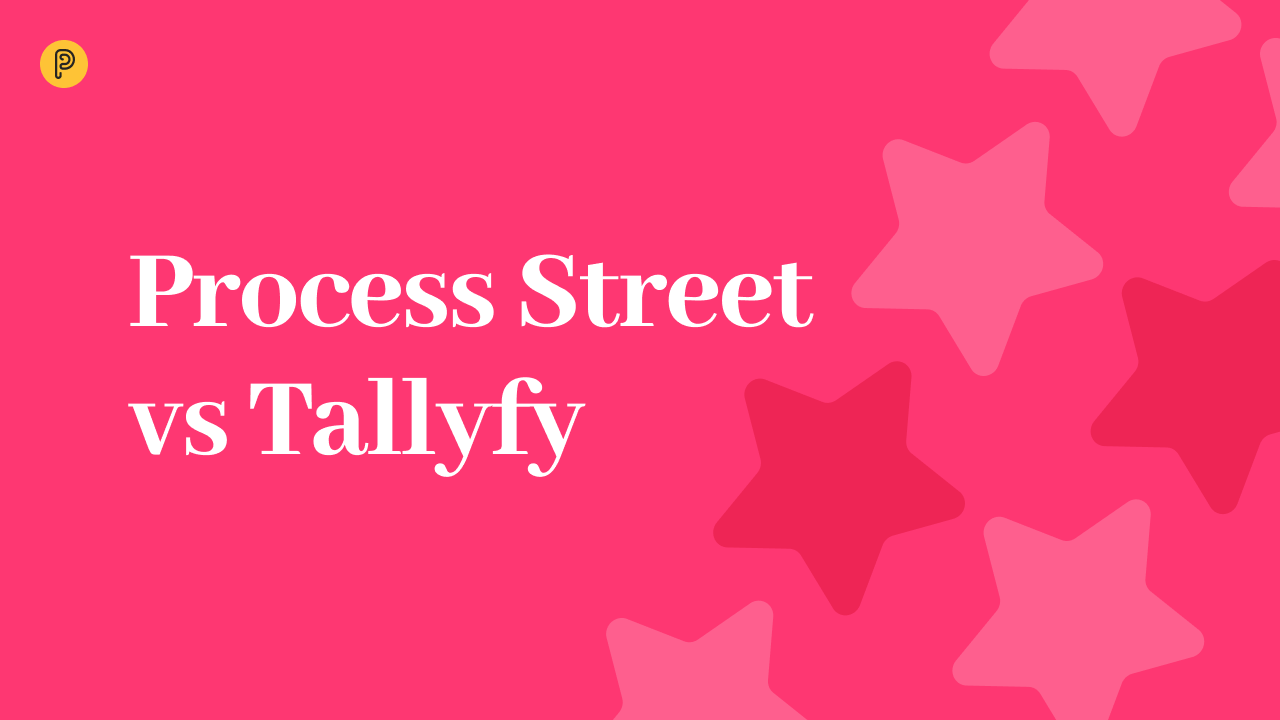Pipefy and Cflow are two popular SaaS workflow management solutions that tackle the tasks of workflow management from two markedly different angles. While both are designed to streamline business process management, the way in which their users interact with workflows are worlds apart. Let’s delve into the details of both systems to comprehend their capabilities and potential use cases.
Pros and Cons
|
Pipefy
|
Cflow
|
| Pros |
Highly customizable Kanban boards for agile management.
Offers a feature that allows external users to create new cards in pipes.
Comes with a massive library of ready-to-use pipes for specific business cases.
Has a comprehensive help center and robust reporting capabilities, including custom dashboards.
A free plan is available, with paid plans starting at $19 per user per month.
|
Powerful workflow template builder
Task assignment based on user role
Support for dynamic delegation of tasks
|
| Cons |
A steep learning curve for those new to agile management.
No handover of processes from team to team, which means tasks stay with the same team throughout all phases.
Manual moving of cards from phase to phase; automation requires extra configuration.
The system can be overwhelming for rank-and-file employees as they are exposed to a lot of information that might not be directly relevant to their work.
|
No free plan
No guest users
The interface can be confusing in places
|
Blow by Blow Comparison
Workflow Design
The most striking difference between Pipefy and Cflow lies in their respective workflow design procedures. Cflow adopts a top-down approach. The software boasts a robust graphical workflow template builder, akin to UML diagramming, allowing users to construct workflow templates from individual components. This allows businesses to design complex workflows quickly and efficiently. Once a template is completed, it can be used as a blueprint for multiple workflows, which, when run, assign tasks based on user roles. This approach provides a big-picture perspective that may be more suitable for large, structured organizations with complex workflows.
On the other hand, Pipefy adopts a more granular, bottom-up approach. It employs the metaphor of Kanban boards, made popular by agile management, and builds upon it. In Pipefy, the boards are known as pipes. Multiple phases can be added to a pipe and then a workflow is a card that you add to a pipe. The card then moves across the pipe/board from phase to phase. Once you have your pipe and all its phases sorted out, you can then add automations to assign cards to different teams as they move from phase to phase.
This bottom-up approach gives more flexibility and can be particularly effective for small to medium-sized businesses or those with agile, evolving processes. It’s practically ideal for agile teams who want to transition into workflow management.
Task Assignment and Delegation
Both Pipefy and Cflow support automatic task assignment, albeit in somewhat different ways.
However, one unique feature that Cflow offers is task delegation: a task that is normally assigned to a specific person can be delegated to somebody else while that person is away or on vacation. This ensures the workflow remains uninterrupted even during the absence of a team member.
Interaction with External Users
Interaction with external users is another critical area where both Pipefy and Cflow provide functionalities. Cflow uses public forms, enabling external users to initiate workflows in the system. This feature might prove invaluable when workflows involve external entities like vendors or clients.
Pipefy takes it a step further by not only providing public forms but also supporting guest users. External stakeholders can be invited to specific tasks and asked to complete or approve them. Additionally, these guest users can track the progress of specific cards, enhancing transparency and boosting stakeholder engagement.
Integration Capabilities
Both Pipefy and Cflow understand the importance of seamless integration with other systems for extended functionality. Both platforms support integration with external systems via APIs and through third-party integration platforms, ensuring smooth data exchange and reducing the need for manual data entry.
Analytics and Monitoring
Cflow shines in its provision of built-in business activity monitors, dashboards, and reports. These features offer robust analytics and tracking of workflows, providing valuable insights into process efficiency and areas of improvement.
Pipefy offers custom dashboards where managers can pick and choose which metrics they want to track, which, all in all, allow users to slice and dice their data to the same degree of detail as in Cflow.
Pricing
Pipefy has a starter free plan, the Business plan is offered for $19 per user per month, for $32 per user per month you can get extra features in the enterprise plan.
Cflow’s cheapest offering starts at $7 per user per month, which doesn’t seem like much until you realize that you must pay for at least 10 users, so the minimum you have to shell out is actually $70 dollars a month.
Final Verdict
Cflow offers classic business process management features, complete with a UML-diagram-like workflow template builder at a fairly reasonable starting price point of $70 per month for 10 users. Its only glaring omission compared to Pipefy appears to be the lack of support for guest users in tasks.
Pipefy does not have any restrictions on the minimal number of users so you can buy it for just one user for $19 a month, plus there is also a free plan. Where Pipefy really excels is in letting its users expand upon their existing agile management practices and transition to more formal workflow management with minimal hassle. There is practically no learning curve if you’re already familiar with agile management. You turn your Kanban boards into workflow templates with a few tweaks and automations here and there.
There isn’t much difference between the systems in terms of integrations and analytics. Pipefy does seem to have a slight edge though in terms of external user interaction and its pricing options.
 5-minute read
5-minute read


